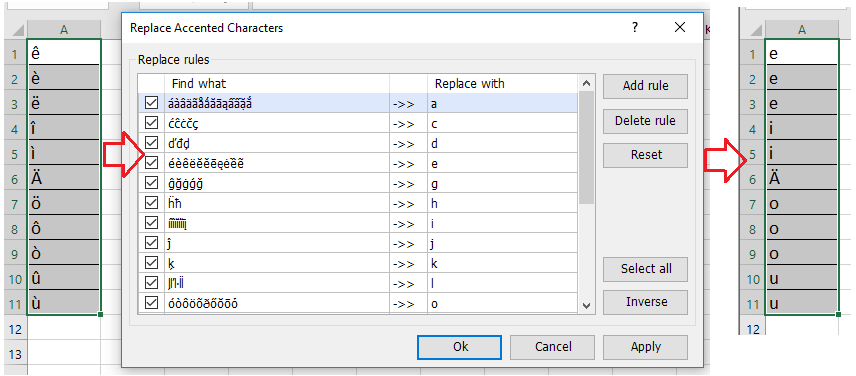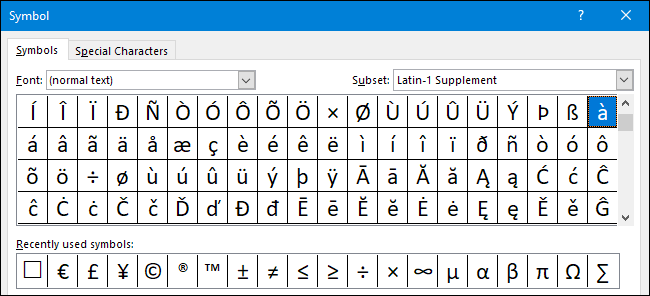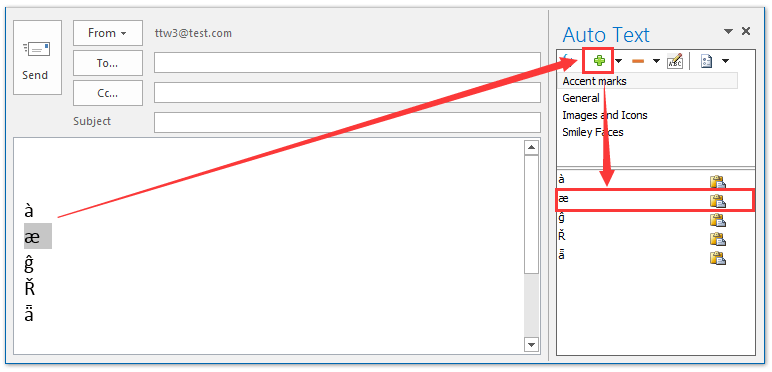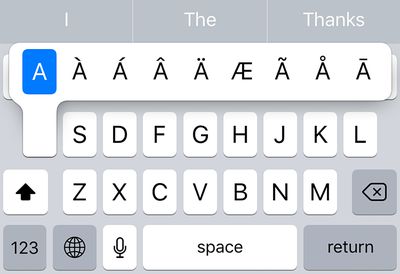
These may look the same, but they are two distinct marks with different uses in each language. People familiar with German and/or heavy metal music might know this mark by a different name: the umlaut. We’ve come to the last diacritical mark used in French: the dieresis or diaeresis. In English, this mark appears in a variety of French loanwords. In French, it is used to indicate that vowels should be pronounced in specific ways. The circumflex is yet another diacritical mark used in French as well as some other languages. In English, some French loanwords might use this mark, although it is often dropped. In Turkish, this mark indicates a ch or sh sound. It is used in French and Portuguese to indicate that a c should be pronounced like an s.



The cedilla is a mark that is used in several different languages. This left-leaning mark is used in French to indicate that e is pronounced as eh or is used over an a or u to distinguish between words with otherwise identical spelling and pronunciation. The grave accent is another diacritical mark found in French loanwords. Read about more French loanwords like soirée here. In English, a number of French loanwords may use this mark. In Spanish, this character is used over vowels to indicate which syllable in a word is stressed. The acute accent is used over the letter e in French to indicate the vowel should be pronounced as ay. (Or is that just us … and our light reading?) Acute accent (é) We should note that this list is not exhaustive and there are even more marks we won’t cover, such as the streg, which you may encounter in Denmark or the titlo you may see in Glagolitic manuscripts. Let’s take a look at different types of diacritical marks you might encounter. Types of diacritical marksĮnglish is an odd language for many, many reasons, but its lack of commonly used diacritical marks is notable considering just how often they are used in other languages. For example, the French hôtel is simply hotel in English.Įven when writing in English, you may encounter loanwords or foreign language words that do make use of many different kinds of diacritical marks. Because English loves to be weird, though, foreign language loanwords sometimes drop their diacritical marks when written in English. When writing English, you’ll typically only need to use them when writing loanwords from other languages, such as the French cliché or the Spanish piñata. That being said, English rarely uses diacritical marks-even though it probably could really benefit from them. Some reasons that diacritical marks might be used include indicating which syllable of a word should be stressed, if a vowel is long or short, or to separate one word from another that has an identical spelling and/or pronunciation. The specific reason behind the usage of a particular diacritical mark will depend on the mark itself and, often, which language it is used in. What is a diacritical mark?Ī diacritical mark, also known as a diacritic, refers to any mark, shape, stroke, or sign added or attached to a letter for a particular reason. Our quick guide should help you sort all of this out.

At the same time, you might want to know how you’d actually type any of these marks using a keyboard. That’s nice and all, but you might be wondering what these marks actually mean and whether or not we ever use them in English. The non-linguists among us may know these lines and shapes as accent marks, but their true name is diacritical marks or diacritics. All of these words have strange lines and symbols above at least one of the letters. What do all of these words have in common? No, it isn’t some weird logic puzzle.


 0 kommentar(er)
0 kommentar(er)
